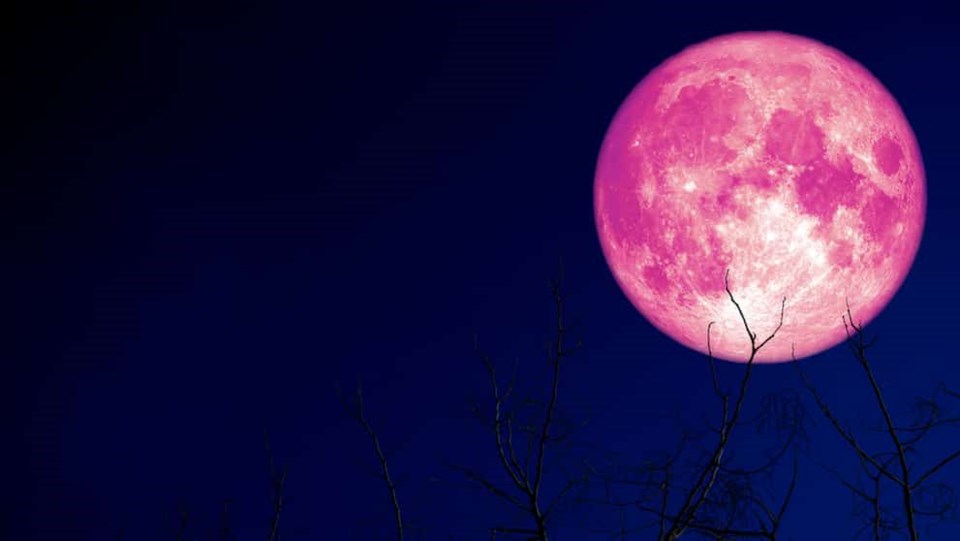What Happened
Tonight, June 10, 2025, the full moon known as the “Strawberry Moon” will rise, coinciding with a significant astronomical event known as a major lunar standstill. This phenomenon results in the moon appearing at its lowest elevation in the sky since 2006. The full moon will reach its peak illumination at 3:44 a.m. EDT on June 11, but it will be visible in its full form as it rises above the southeastern horizon at sunset on June 10.
The Strawberry Moon derives its name from the Algonquian tribes, who associated it with the strawberry harvest season. While the moon will not appear pink, it may exhibit a yellow-orange hue due to atmospheric scattering, particularly when it is near the horizon. This year’s Strawberry Moon is particularly noteworthy as it will be the lowest full moon observed in nearly two decades, a result of the current major lunar standstill, which occurs approximately every 18.6 years.
Key Details
- Date and Time: The Strawberry Moon will rise on the evening of June 10, 2025, with peak illumination occurring at 3:44 a.m. EDT on June 11.
- Visibility: The moon will rise above the southeastern horizon at sunset on June 10, making it visible to observers shortly after 8:30 p.m. EDT.
- Lunar Standstill: The current major lunar standstill results in the moon appearing approximately 17 degrees above the horizon at its highest point, significantly lower than during a minor lunar standstill, when it can reach up to 30 degrees.
- Historical Context: The last major lunar standstill occurred in 2006, and the next one is not expected until 2043.
Multiple Perspectives
The significance of the Strawberry Moon varies among different observers. Astronomers and enthusiasts emphasize the unique opportunity to witness the moon at such a low altitude, noting that this event can enhance the visual experience due to the “moon illusion,” where the moon appears larger when close to the horizon. This phenomenon is attributed to psychological effects rather than actual changes in size.
Conversely, some casual observers may not be aware of the lunar standstill’s implications and might simply enjoy the aesthetic beauty of the full moon without understanding its scientific context. Additionally, there are varying interpretations of the moon’s color; while it is named after strawberries, the actual hue is influenced by atmospheric conditions rather than the fruit itself.
Context & Background
The Strawberry Moon is part of a long-standing tradition in various cultures, particularly among Native American tribes, which named full moons based on seasonal changes and natural events. The June full moon is linked to the ripening of strawberries, marking a time of harvest. This naming convention reflects the close relationship between human activities and lunar cycles.
The concept of lunar standstill is rooted in the moon’s orbital mechanics. The moon’s orbit is tilted relative to the Earth’s equator, and its position changes over an 18.6-year cycle due to gravitational influences from the sun. During a major lunar standstill, the moon’s path is at its most extreme, leading to noticeable variations in its elevation during moonrise and moonset.
What We Don’t Know Yet
While the details surrounding the Strawberry Moon and the major lunar standstill are well-documented, there are still uncertainties regarding how atmospheric conditions in different regions may affect visibility. Factors such as local weather, light pollution, and geographical features can significantly influence the viewing experience.
Additionally, the long-term implications of lunar cycles on cultural practices and agricultural activities remain a topic of interest. As the relationship between lunar phases and human behavior is explored, further research may shed light on how these celestial events continue to shape traditions and practices in modern society.
In conclusion, the Strawberry Moon rising tonight presents a unique opportunity for skywatchers to observe a rare astronomical event. With its historical significance and scientific implications, it serves as a reminder of the intricate connections between celestial phenomena and human life.





